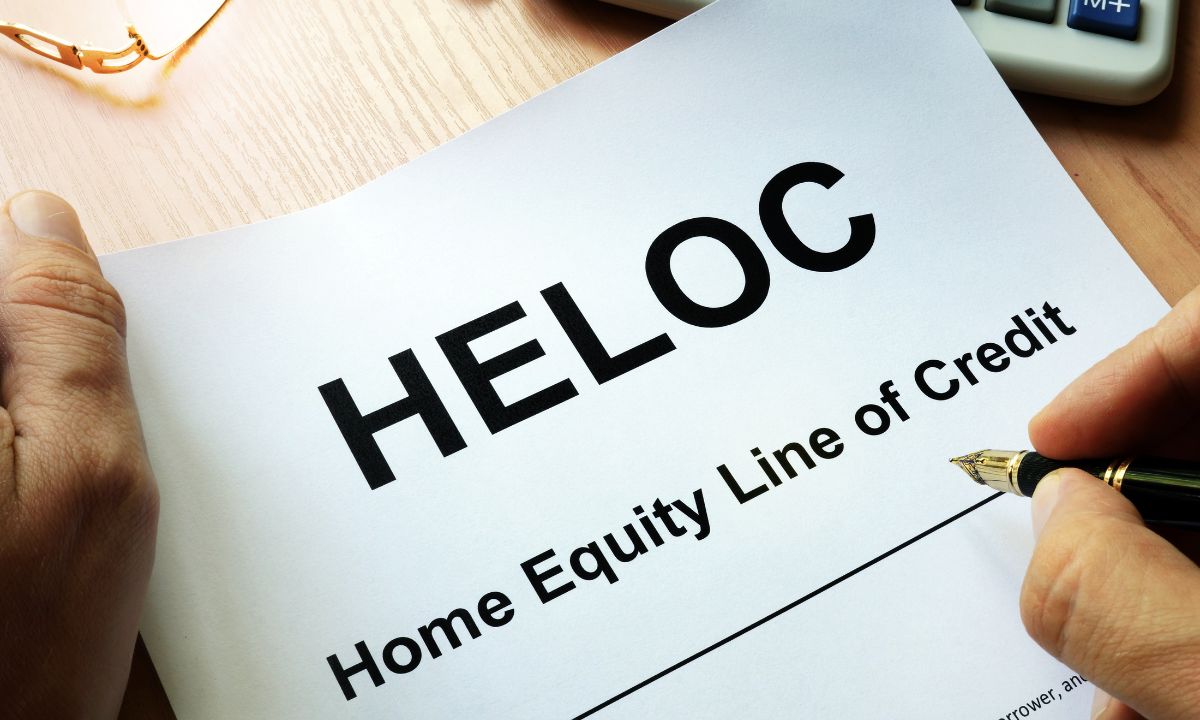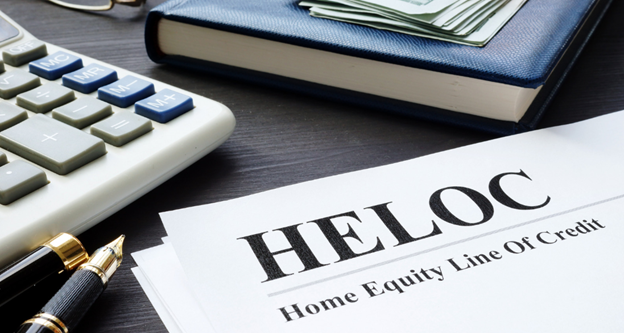Unlocking Home Equity With Home Equity Loans and HELOCs
 Home equity loans and Home Equity Lines of Credit (HELOCs) are two avenues through which homeowners can tap into this valuable asset. Understanding the differences between them is crucial for making informed financial decisions. We will review the intricacies of these financial products, exploring how they work and helping you determine which might be the better fit for your needs.
Home equity loans and Home Equity Lines of Credit (HELOCs) are two avenues through which homeowners can tap into this valuable asset. Understanding the differences between them is crucial for making informed financial decisions. We will review the intricacies of these financial products, exploring how they work and helping you determine which might be the better fit for your needs.
What is Home Equity?
Before we dive into the specifics of home equity loans and HELOCs, let’s first grasp the concept of home equity. Put simply, home equity is the portion of your property that you truly own—the difference between your home’s market value and the outstanding balance on your mortgage. As you pay down your mortgage or as your home appreciates in value, your equity increases, becoming a valuable asset that you can leverage for various financial needs.
Home Equity Loans:
A home equity loan, also known as a second mortgage, allows homeowners to borrow a lump sum of money using their home equity as collateral. These loans typically come with fixed interest rates and fixed monthly payments over a predetermined term, making budgeting more predictable. Home equity loans are ideal for one-time expenses such as home renovations, debt consolidation, or major purchases.
Key Features of Home Equity Loans:
Lump-sum disbursement: Borrowers receive the entire loan amount upfront.
Fixed interest rates: Rates remain constant throughout the loan term, providing stability in monthly payments.
Predictable payments: Fixed monthly payments make budgeting easier.
Interest may be tax-deductible: In some cases, the interest paid on home equity loans may be tax-deductible, depending on how the funds are used. Consult a tax advisor for details.
HELOCs (Home Equity Lines of Credit):
HELOCs, on the other hand, offer homeowners a revolving line of credit, similar to a credit card, that they can draw from as needed. The credit limit is determined by the equity in the home and other factors. Borrowers can access funds during a specified draw period, typically up to 10 years, and then enter a repayment period where they must repay the outstanding balance with interest.
Key Features of HELOCs:
Revolving line of credit: Borrowers can withdraw funds as needed, up to the credit limit, during the draw period.
Variable interest rates: Interest rates are often tied to an index, such as the prime rate, meaning payments can fluctuate over time.
Flexible borrowing: Borrowers have the flexibility to borrow what they need, when they need it, within the draw period.
Interest-only payments: During the draw period, borrowers may only be required to make interest payments, although paying down the principal is advisable.
Differences and Considerations:
When deciding between a home equity loan and a HELOC, several factors come into play:
Purpose of the loan: If you have a specific, one-time expense, a home equity loan may be more suitable. For ongoing or variable expenses, a HELOC might be preferable.
Interest rates: Home equity loans offer fixed rates, providing stability, while HELOCs feature variable rates, which can lead to fluctuating payments.
Repayment structure: Home equity loans have fixed monthly payments, whereas HELOCs offer more flexibility during the draw period but may require larger payments during the repayment period.
Home equity loans and HELOCs provide homeowners with valuable options for tapping into their home’s equity. Understanding the differences between these financial products is essential for making informed decisions that align with your financial goals and circumstances. Whether you opt for the predictability of a home equity loan or the flexibility of a HELOC, leveraging your home equity wisely can help you achieve your financial objectives while maximizing the value of your most significant asset—your home.


 If you are looking for a quick source of cash, you may have been told that you can tap into the equity in your home. If you have at least 20 percent equity in your home, you can borrow against that equity at a relatively low interest rate for a quick source of funding. You might be deciding whether to apply for a home equity loan or a home equity line of credit, which is usually shortened to HELOC.
If you are looking for a quick source of cash, you may have been told that you can tap into the equity in your home. If you have at least 20 percent equity in your home, you can borrow against that equity at a relatively low interest rate for a quick source of funding. You might be deciding whether to apply for a home equity loan or a home equity line of credit, which is usually shortened to HELOC.  Do you want to make some improvements to your house? Home improvements are a great way to make your home more functional, and can also add value to your home. At the same time, performing a home improvement project can be expensive, and that is where a home improvement loan can be helpful. What do you need to know about them?
Do you want to make some improvements to your house? Home improvements are a great way to make your home more functional, and can also add value to your home. At the same time, performing a home improvement project can be expensive, and that is where a home improvement loan can be helpful. What do you need to know about them?